Peptides Today
Nasal delivery for peptide drugs.
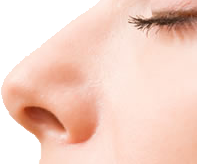

Nasal delivery is getting importance as a route of administration because is a non-invasive. The fast absorption and in consequence quick onset of the drug effect is enough to explore the possibility of using this delivery system for high molecular weight drugs like peptides and proteins. The fast absorption is because the nasal mucosa is porous and thin endothelial basal membrane with a rapid blood flow and highly vascularized epithelial layer. However this drug administration does not work well for peptides with a high molecular weight (>1,000 Da) due to enzymatic barriers and the low permeability of the nasal epithelia.
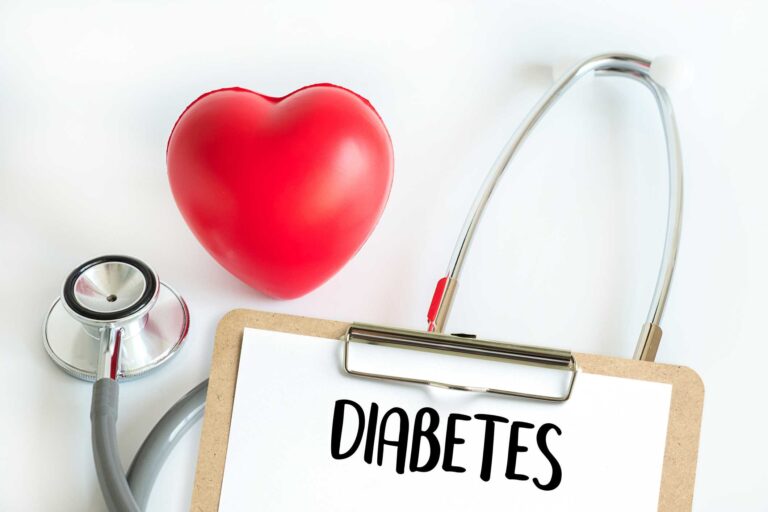
The absorption of drugs (bioavailability) via nasal mucosa decreases as the molecular weight increases and is particularly low for the drugs applied as simple aqueous solutions. For this reason it is very important to find and develop formulas to improve the nasal bioavailability of peptide drugs. Among the most popular approaches are the inclusion of enhancers in the formulations and the preparation of nano- or micro-particulate systems with various polymers.
Retention of the drugs in the nasal mucosa will depend to several factors, such as particle size, density, hygroscopicity, respiration and the presence of pathologic conditions in the nasal cavity.
The first passage of peptide drugs via the nasal mucosa is mainly achieved through the intercellular spaces and tight junctions. The second passage route is the transcellular route which is achieved with passive diffusion or an active transport mechanism. The third and last passage route is transcytosis. In this case the particle is taken into a vesicle and transferred to the cell which is accumulated in the interstitial space.
Peptides and proteins can administrated via all three passages previously described, however those molecules have to overcome the disadvantages associated with low bioavailability. Different approaches have been proposed to enhance nasal absorption of peptide and proteins. The first is the modification of the peptide sequence to increase metabolic stability and/or membrane permeability. The peptide or protein has to be modified or formulated to avoid the degradation and modification done by oxidative, conjugative enzymes, exopeptidases and endopeptidases in the nasal cavity. Another approach to achieve better bioavailability is to formulate the peptide or protein with absorption enhancers like surfactants fusidic acid derivates, phosphatidylcholines and cyclodextrines to increase the passage of drugs with polar structure through nasal mucosa.
In order to increase the retention of nasally-applied drugs, novel formulations like liposomes, lipid emulsions and micro-particles have been developed.
Micro-particle delivery systems consist of a mix the macromolecule drug and a matrix. The matrix has to have mucoadhesive properties. One of those matrix is chitosan. The charged amine groups of D-glucosamine units present on the chitosan are positively charged. Those groups will interact with negatively charged sialic acid units of musin or other negatively charged groups of the mucosal membrane. An additional matrix use to manufacturing micro-particule delivery systems are degradable starch, dextran, microcrystalline cellulose (MCC), hydroxypropyl cellulose (HPC), hydroxypropyl methylcellulose (HPMC) and others.
Due to those advances in drug delivery systems and formulation, we can have high molecular weight peptides nasally applied. Some of them are salmon calcitonin (MW 3432 g/mol) sold by Novartis under the name of Miacalcin® for treatment of postmenopausal osteoporosis and Paget’s disease of bones. Insulin is an additional high molecular drug successfully launched as an inhalation Powder. It is sold by Mannkind Corporation under the name of Afrezza®. And more recently nasal glucagon to treat severe hypoglycaemia sold by Eli Lilly under the name Baqsimi®.
For more detailed information and references see:
Nasal Delivery of High Molecular Weight Drugs
Ozsoy, S. Gungor, E. Cevher
Molecules 2009, 14, 3754-3779
Author


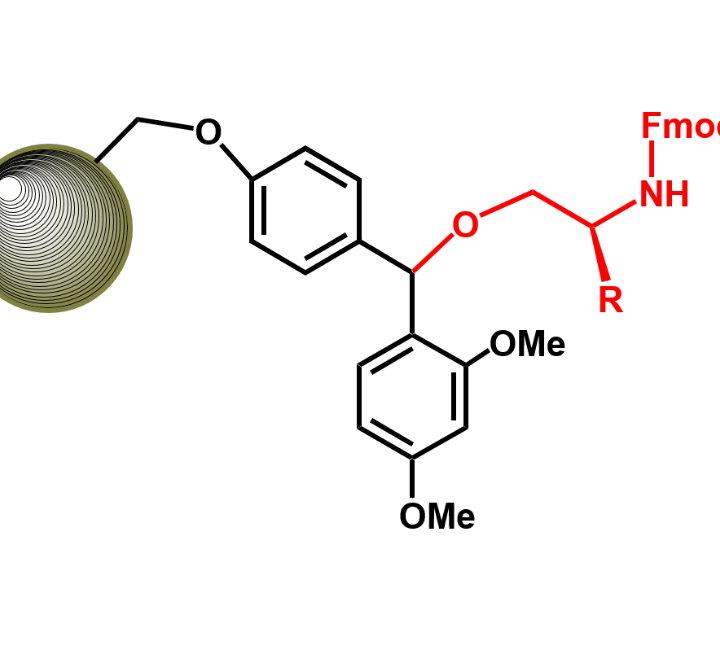

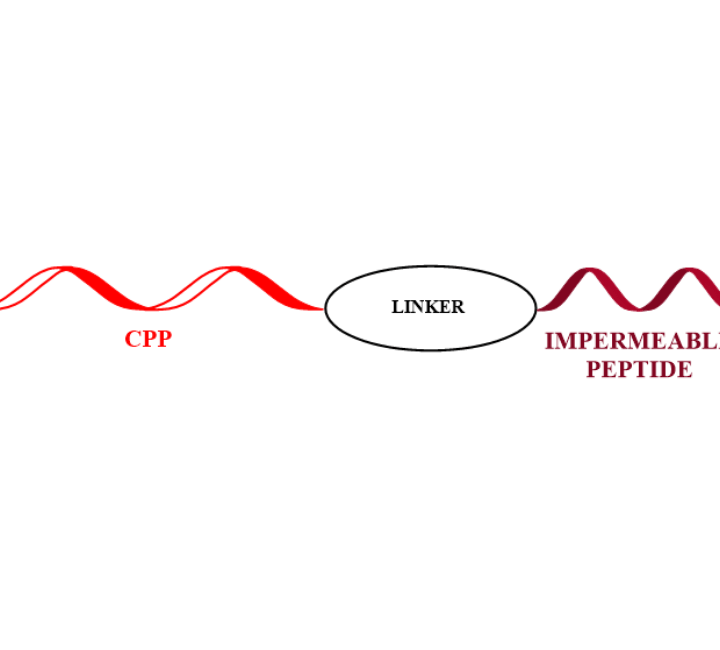
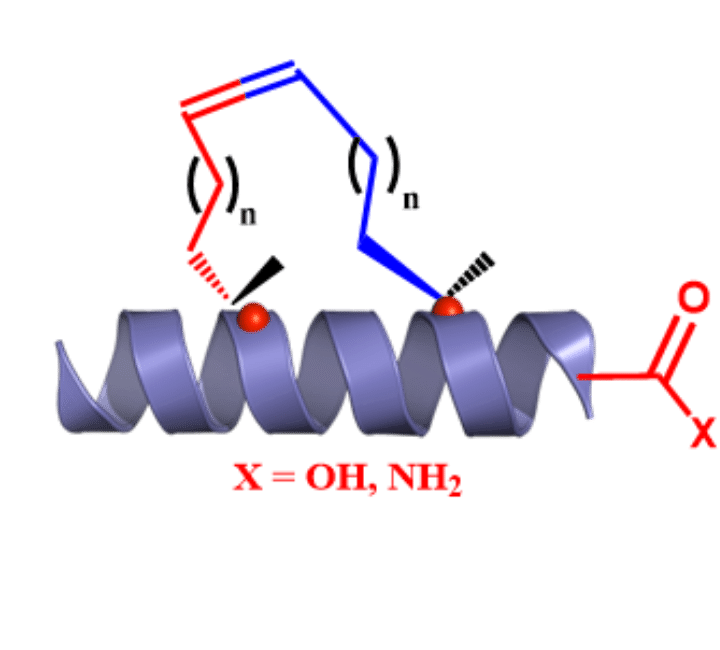

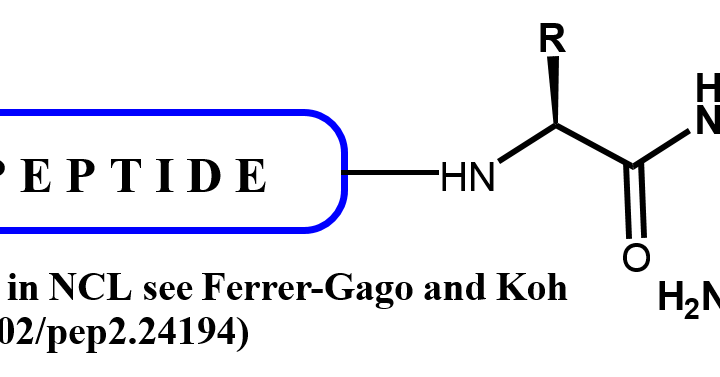
котел настенный
February 17, 2022canada online pharmacies https://telegra.ph/Kak-vybrat-gazovyj-kotel-dlya-chastnogo-doma-02-14
Regards! An abundance of knowledge!